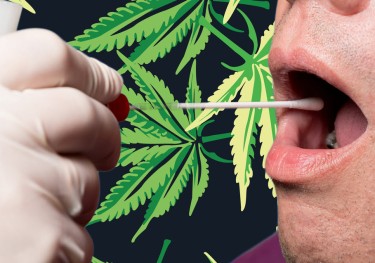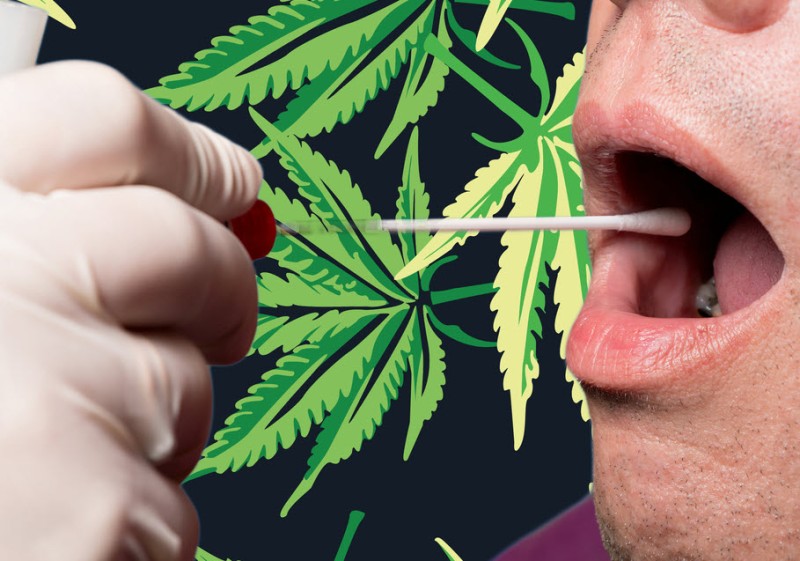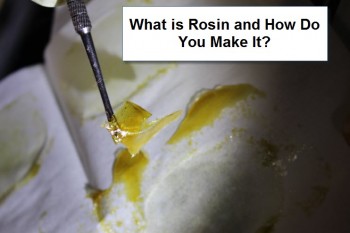
Introduction
Understanding how long marijuana stays in saliva i s crucial for various reasons, including legal concerns, workplace policies, and personal health decisions. Marijuana, derived from the cannabis plant, contains the psychoactive compound delta-9-tetrahydrocannabinol (THC), which can be detected in various bodily fluids, including saliva. This article provides a comprehensive look at the factors influencing the presence of marijuana in saliva, the detection methods, and the implications for users. Passing a surprise drug test is always a challenge!
Factors Influencing Detection Time
The duration marijuana stays detectable in saliva can vary widely based on several factors:
-
Frequency and amount of use: Heavy and frequent marijuana users will have higher concentrations of THC in their saliva, leading to longer detection times.
-
Method of consumption Smoking marijuana results in faster absorption and shorter detection times compared to edibles or oils, which are absorbed more slowly.
-
Metabolism: Individuals with faster metabolisms may break down THC more quickly, reducing detection times.
-
Hydration: Drinking plenty of water can help flush out THC and its metabolites from the body, reducing detection times..
Detection Window
The detection window for THC in saliva is generally shorter compared to other testing methods like urine or hair tests:
-
Occasional Users: THC can be detected in saliva for 1 to 3 days.
-
Frequent Users: Regular users may have detectable levels of THC in their saliva for up to 29 days.
-
Chronic Users: In heavy, long-term users, THC may remain detectable for even longer, sometimes up to a month.
Methods of Testing for Marijuana in Saliva
A plethora of scientific techniques are employed to detect the presence of marijuana in saliva, each with its own unique characteristics, advantages, and levels of sensitivity. These methodologies are instrumental in uncovering evidence of marijuana use, and their applications vary depending on the specific context and purpose of the testing. They include:
-
Enzyme-linked immunosorbent assay (ELISA): This widely utilized method is a cornerstone in drug testing, leveraging the principles of immunology to identify and quantify THC and its metabolites in saliva. ELISA tests are often employed as a preliminary screening tool due to their relatively low cost, rapid results, and ease of use.
They provide a sensitive and specific detection of marijuana use, making them an invaluable tool in various settings.
-
Gas chromatography-mass spectrometry (GC-MS): As a more advanced and sensitive technique, GC-MS is capable of detecting THC and its metabolites at significantly lower concentrations than ELISA. This method separates, identifies, and quantifies the components of a saliva sample, providing a more detailed understanding of its chemical composition. GC-MS is often employed in confirmatory testing, legal proceedings, and research studies, where a higher level of accuracy and precision is required.
-
Oral fluid testing devices: These portable devices utilize a swab to collect a saliva sample, which is then analyzed for the presence of THC and its metabolites. Oral fluid testing devices are often used in law enforcement, workplace settings, and clinical environments due to their ease of use, rapid results, and non-invasive nature. They provide a convenient and efficient method for detecting marijuana use, making them an invaluable tool in various applications.
Each of these methods plays a vital role in detecting marijuana use, and their applications vary depending on the specific context and purpose of the testing. By understanding the strengths and limitations of each technique, professionals can select the most appropriate method for their needs, ensuring accurate and reliable results.
Legal and Workplace Implications
Saliva testing for marijuana has significant implications in legal and workplace contexts:
-
Employment Screening: Many employers use saliva tests as part of their drug screening process, especially in safety-sensitive industries.
-
Legal Cases: Saliva tests are often used in roadside checks and legal cases to determine recent marijuana use.
-
Regulations and Policies: Different jurisdictions have varying laws regarding marijuana use and testing, affecting how saliva tests are implemented and interpreted.
Reducing Detection Time
While there is no guaranteed way to rapidly eliminate THC from saliva, some strategies may help reduce detection time:
-
Staying Hydrated: Drinking plenty of water can help flush out THC.
-
Good Oral Hygiene: Regular brushing, flossing, and using mouthwash can reduce THC levels in the mouth.
-
Healthy Diet: Eating a balanced diet and avoiding fatty foods can support faster metabolism of THC.
-
Exercise: Physical activity can help increase metabolic rate, aiding in the elimination of THC.
Implications for Users
For marijuana users, understanding the detection time in saliva can have several practical implications:
-
Avoiding Legal Issues: Knowing how long THC stays in saliva can help users make informed decisions about driving or operating machinery.
-
Managing Workplace Policies: Employees can better navigate workplace drug policies by understanding the detection window.
-
Personal Health Decisions: Users can make more informed choices about their consumption habits and potential health impacts.
Medical Use of Marijuana
For medical marijuana patients, the presence of THC in saliva may have different considerations:
-
Doctor's Advice: Medical users should follow their doctor’s advice regarding usage and potential interactions with other medications.
-
Legal Protections: In some jurisdictions, medical marijuana use is protected by law, affecting how saliva tests are administered and interpreted.
Research and Developments
Ongoing research continues to improve our understanding of THC detection in saliva:
-
Advances in Testing Technology: New testing methods are becoming more accurate and less invasive.
-
Understanding Metabolism: Research into how different factors affect THC metabolism can lead to more personalized and precise testing protocols.
-
Policy Changes: As laws regarding marijuana use evolve, so too do the regulations and standards for testing.
Conclusion
In conclusion, the duration that marijuana stays in saliva is influenced by several factors including frequency of use, amount consumed, metabolism, hydration levels, and method of consumption. Saliva testing remains a preferred method for detecting recent marijuana use due to its ease of collection, sensitivity, and rapid results. For users, understanding these factors and the implications of saliva testing can help in making informed decisions regarding legal and workplace policies. As research and technology advance, our understanding of THC detection in saliva will continue to evolve, potentially leading to more accurate and personalized testing protocols.







